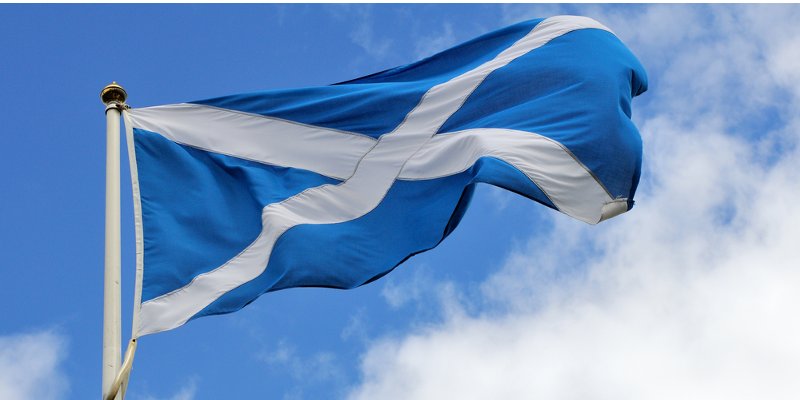And while prices for February in England and Wales rose by just 0.1% month-on-month, in Scotland they were up 2.3%.

Annual price growth in Scotland accelerated to 7.3% in February – almost double the next fastest region in Britain and six times the rate for England and Wales as a whole, Your Move’s House Price Index for Scotland has found.
And while prices for February in England and Wales rose by just 0.1% month-on-month, in Scotland they were up 2.3%.
Christine Campbell, Your Move managing director in Scotland, said: “Scotland continues to enjoy unexpectedly strong housing growth – with prices rising at their fastest rate in a decade. Both high priced property and the major cities are fuelling a mini housing boom.”
Some of the growth is down to the low transaction numbers typically seen in February, coupled with a relatively small number of high value sales in Edinburgh. These push monthly price growth to 7.3% in the city, which accounted for over half the monthly increase in Scotland.
Nevertheless, the market remains strong with a large majority of local authorities seeing growth in the last year. Overall, the price in Scotland is up more than £12,000 annually to leave the average property worth £182,936.
Alan Penman, business development manager for Scottish chartered surveyors Walker Fraser Steele, said: “Scotland’s market grows ever stronger as the rest of the UK weakens.
“But, while price growth might be returning to the levels of the last housing boom, transactions remain well down.
“The attractiveness of Scotland’s centres such as Edinburgh is matched only by the tightness of property supply there.”
Monthly house price growth in Scotland is running at its fastest since 2004, while annual house price growth is at its fastest since April 2008, at the end of the last housing boom.
Growth in February was boosted by the sale of eight new properties in the Morningside EH10 area of Edinburgh for an average £1.15m each. Without the sale of those homes February price growth for Scotland would be 2.0%.
Edinburgh accounts for 28% of the increase in prices over the year, and Glasgow another 14%. There is strength across the market, however, with almost a third of local authorities in Scotland setting a new peak price in February.
That includes high priced East Renfrewshire, second only to Edinburgh with monthly growth of 7.1%, and East Dunbartonshire, up a more modest 1.8%. But it also includes mid-priced areas like Angus (up 5.2% in the month), areas such as Falkirk (2.9%) and, cheaper still, North Lanarkshire (2.5%).
Average prices there are at £131,293 are well below the national average. The broad basis of Scotland’s growth is even clearer looking at annual growth.
Only four areas across the country haven’t seen rises in the last year: Stirling (down 3.2%), East Ayrshire (down 1.9%), Aberdeen City (-1.2%) and South Ayrshire (-0.6%).
In contrast the other 28 areas have seen prices rise, with more than half a dozen seeing double-digit growth. These include the City of Edinburgh (11.4%) and East Renfrewshire (up 15.1% – the highest growth in Scotland with prices increasing £35,740 in the year).
But they also include the Scottish Borders (12.6%), Fife (12.6%), Glasgow (10.4%) and Falkirk (13.0%).
John Tindale, senior housing analyst for Acadata, said: “The February housing market February is typically the quietest month of the year for house sales in Scotland.
“Average transaction numbers have totalled 5,500 over the last four years, compared to an average 9,500 sales in June.
"Part of the reason for the reduction in transactions in February is due to Christmas festivities and the shut-down of property services over the Christmas period.
“The “beast from the east” which arrived at the end of February, bringing the cold, rain, snow and travel disruption will not have been conducive to house-hunting.
“One of the reasons for citing low housing transactions is to caution that events in February can have a greater impact on the housing market than they would if they had occurred in the summer.
“For example, in February 2018, a new-build development was launched selling 8 properties in the Morningside EH10 area of Edinburgh for an average £1.15m per property.”



